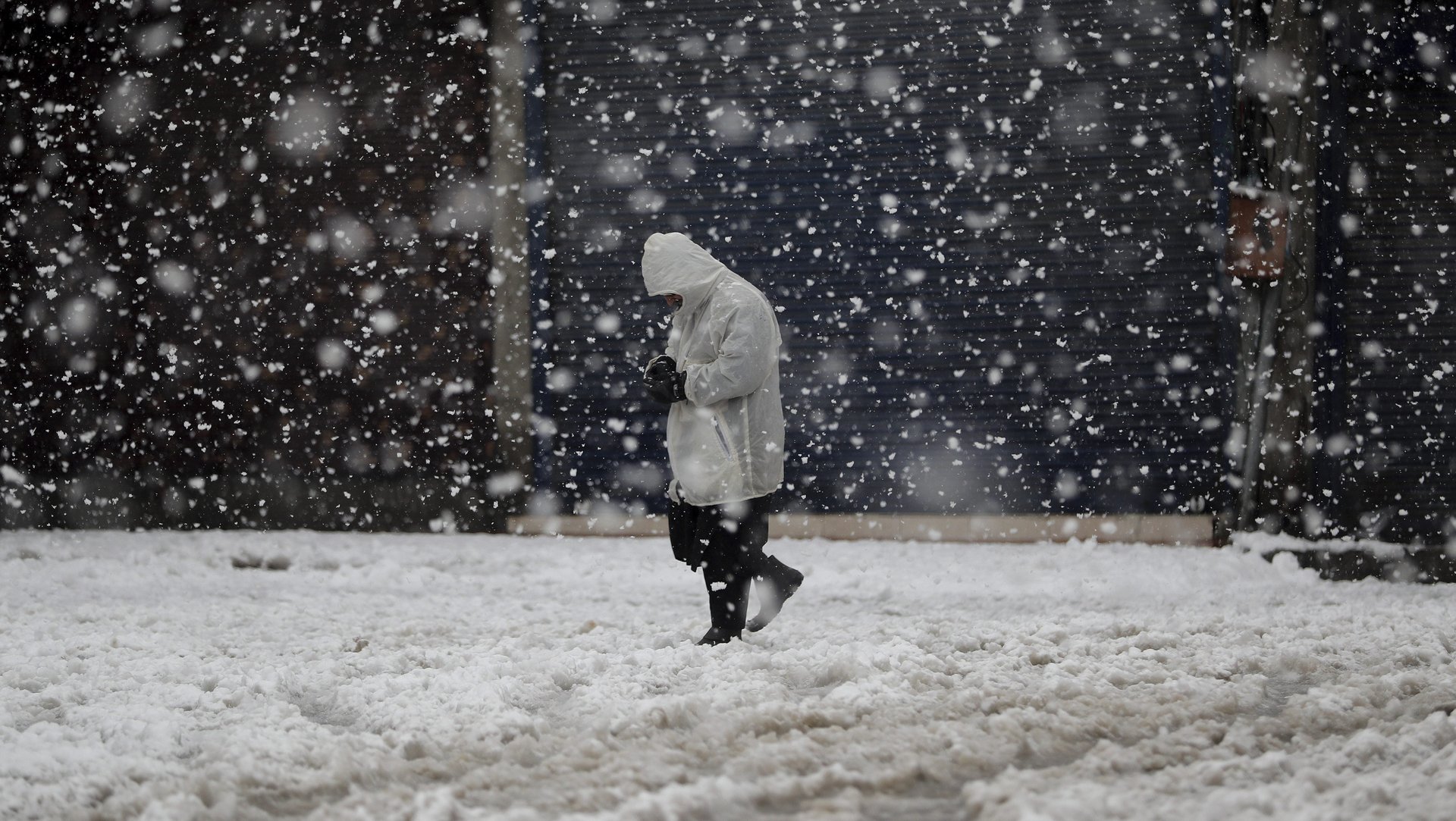Yes, there’s microplastic in the snow
This is the year we found microplastic in the snow.


This is the year we found microplastic in the snow.
Although microplastics have been popping up everywhere from the waters of Antarctica to our table salt, the idea that it could blow in the wind or fall as precipitation back down to Earth is extremely new. The main mode of microplastic transport, as far as we knew as recently as last year, was water. It had already shown up in drinking water a few years prior. But microplastic in snow suggests something different: Microplastics carried by wind, and settling out of the air along with the frosty flakes.
Some of the first studies on wind transport appeared just this year; in April, a team of researchers from France and Scotland announced that they’d found microplastics in the Pyrenees, blown in on the wind from as far away as Barcelona.
And then, a few months later, scientists found it in the snow. In August, researchers published a paper finding microplastic in the snow of the Swiss Alps, as well as from the Arctic, likely transported by wind. This week, at the American Geophysical Union’s annual meeting, researchers from the Desert Research Institute Reno presented their findings—they found microplastic in snow in the Sierra Nevadas of California.
The finding implies that there are significant amounts of microplastics in the air, indicating that it could be considered a form of air pollution. The researchers on the Alps and Arctic snow study found an average of 1,760 microplastic particles per liter of snow that had fallen on ice floes between Greenland and Norway. In the European Alps locations they sampled, microplastics were present at a much higher rate: 24,600 particles per liter on average.
The fact that there are microplastics in the world’s snow has been so understudied—and the phenomenon has the potential to be so ubiquitous—that Columbia University is starting a citizen science project to collect data on it. “Despite its importance, little is known about microplastic transport and deposition, especially by snow particles, and most people are not aware of the extent of the problem,” an abstract of their plan, presented at the AGU meeting this week, reads. “The PlastiX-Snow Citizen Science Project aims to fill these research and informational gaps using crowd-sourcing to achieve scientific research outputs, educational programming, and active outreach and engagement.”
They intend to collect samples of snow meltwater from people all over the country, to try to get a clearer idea of the scope of the problem.
In the meantime, enjoy the winter wonderland. And maybe don’t eat the snow.